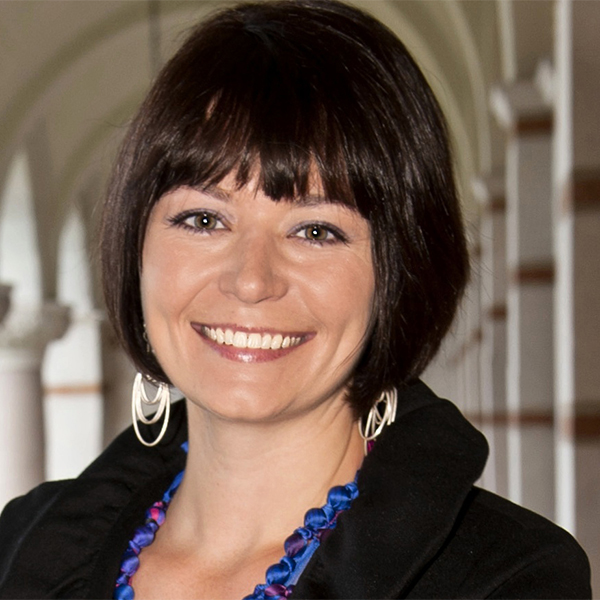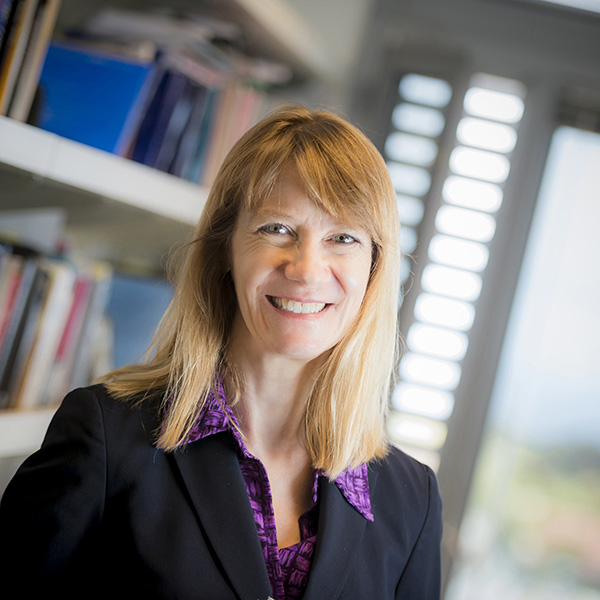
STEM Career v. Parenting?
Both men and women leave the STEM workforce after becoming parents, but mothers leave at greater rates
Published Date
By:
- Inga Kiderra
- Jared Wadley
Share This:
Article Content

Photo by www.iStock.com/_AtnoYdur
Either work in STEM or be a parent – that seems to be the grim choice that many STEM workers are facing. Nearly half of new mothers and a quarter of new fathers leave their full-time STEM jobs after they have their first child, according to a new study.
Researchers found that between four to seven years of the birth or adoption of their first child, 43 percent of women, and 23 percent of men, left their full-time STEM careers.
Women have been underrepresented in the male-dominated science, technology, engineering and math fields for decades, especially as they moved farther up the career trajectory. Parenthood may contribute to the gender gap, in part, due to gender-related cultural expectations and workplace obstacles.
“Not only is parenthood an important driver of gender imbalance in STEM employment, both mothers and fathers appear to encounter difficulties reconciling caregiving with STEM careers,” said lead author Erin Cech, a doctoral alumna of UC San Diego’s Department of Sociology now an assistant professor at the University of Michigan.

UC San Diego doctoral alumna Erin Cech is now at the University of Michigan.
Cech and Mary Blair-Loy, professor of sociology and director of the Center for Research on Gender in STEMM at UC San Diego, analyzed nationally representative longitudinal survey data from U.S. STEM professionals collected between 2003 and 2010 by the National Science Foundation.
New moms were more likely than new dads to switch to part-time work or leave the workforce.
Some new mothers – about 1 in 10 – continue working in STEM on a part-time basis, but that situation isn’t without setbacks. Researchers said businesses and universities typically pay part-time work substantially less per hour than full-time work; it is less likely to be accompanied by benefits like healthcare; and is less likely to provide advancement opportunities.

UC San Diego sociologist Mary Blair-Loy calls for a cultural revolution in STEM fields.
“Our results indicate the need for employers to establish highly valued and well-paid part-time options as well as ramp-up policies that allow part-time STEM professional to transition back into full-time work without long-term career penalties,” Blair-Loy said.
The study also showed that compared with their childless peers who transitioned out of STEM careers, new parents were more likely to attribute their transition to family-related reasons.
Once parents left the STEM workforce, they were unlikely to return by the time their children were old enough to attend school, the researchers noted.
Cech said, “These findings point to the importance of cultural shifts within STEM to value the contributions of STEM professionals with children and the need for creative organizational solutions to help these skilled STEM professionals navigate new caregiving responsibilities alongside their STEM work.”
Blair-Loy called for profound change. “We need a cultural revolution within many fields,” she said, “to recognize and reward the full value of professionals who also care for children.”
The findings appear in the journal Proceedings of the National Academy of Sciences.
Share This:
You May Also Like
Stay in the Know
Keep up with all the latest from UC San Diego. Subscribe to the newsletter today.


